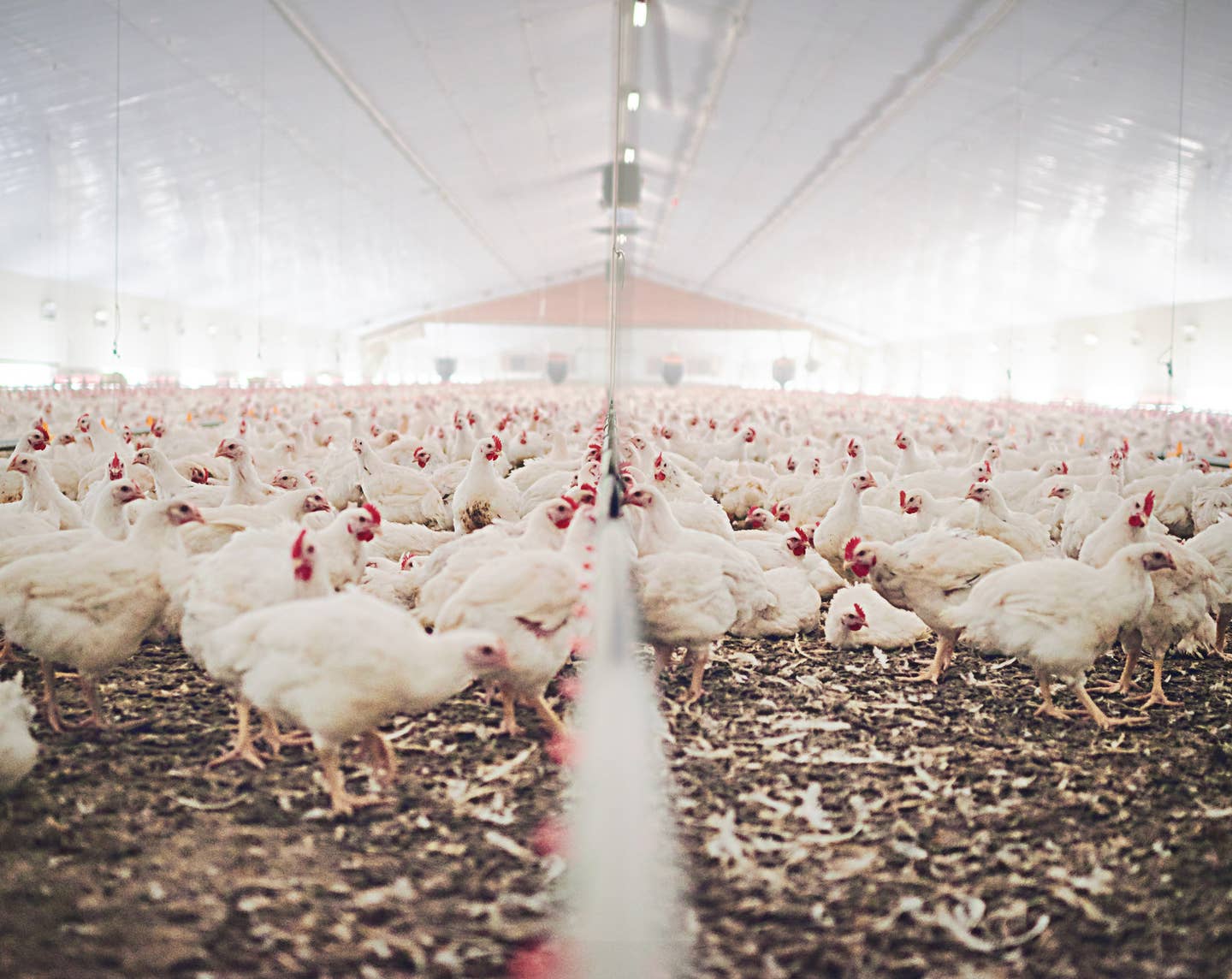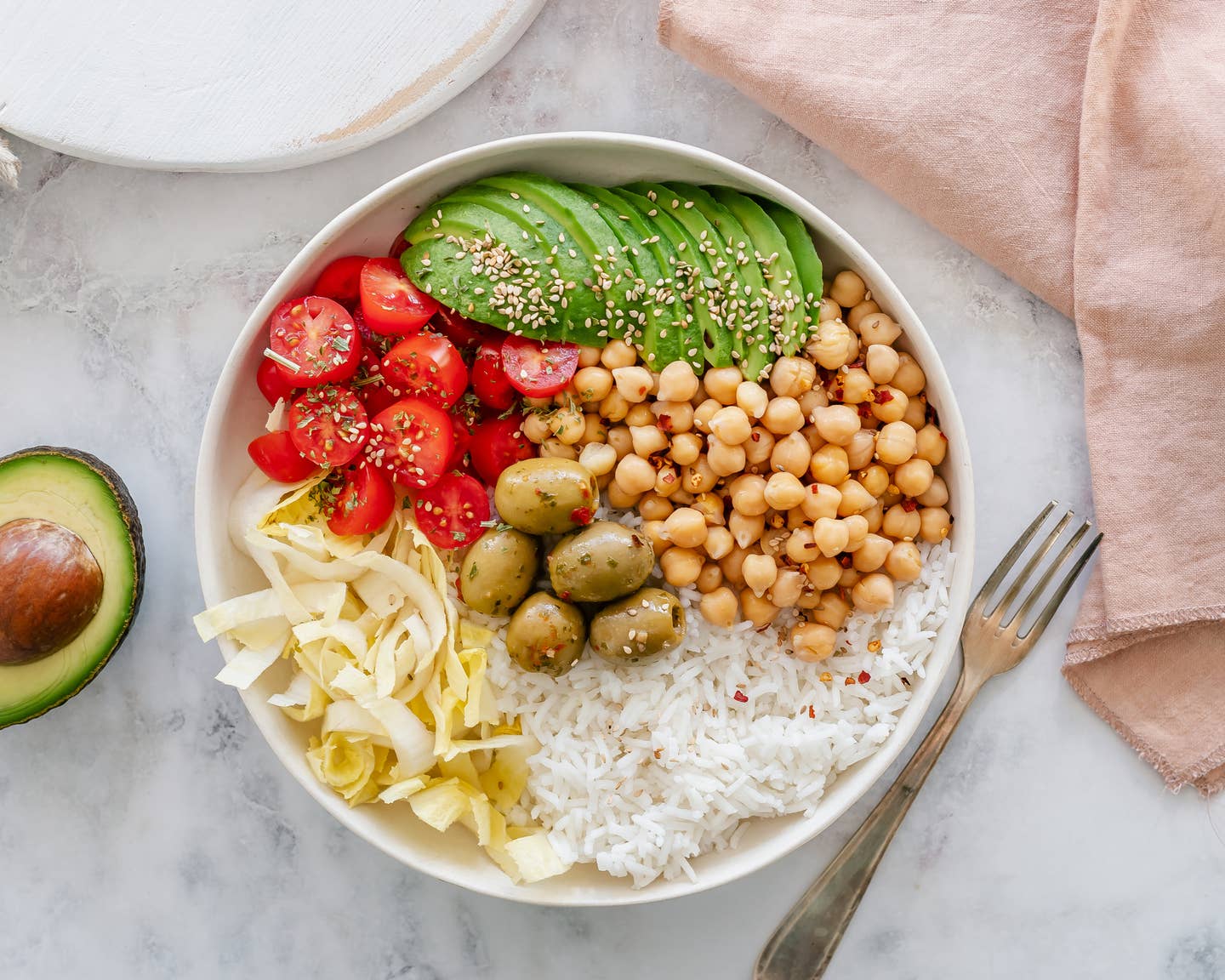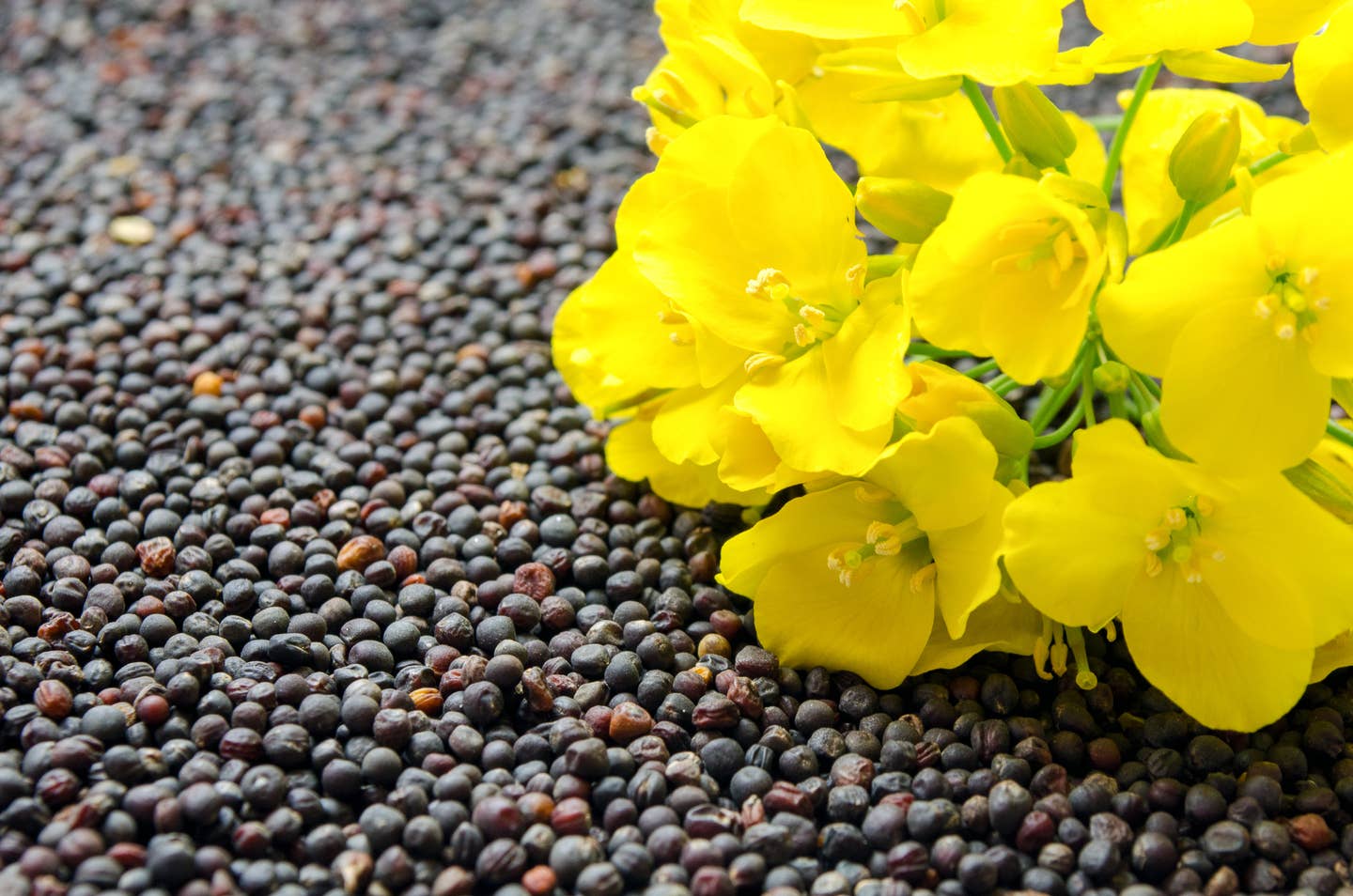
San Diego Creates Plan to Cut Meat and Dairy Consumption for Climate Change
Although the United States government has taken steps to reduce climate change risk factors, recent rulings from the Supreme Court have troubled environmentalists and sewn doubt that the U.S. will achieve 50 percent emissions by 2030. Now, San Diego’s city council plans to help the country protect the planet and reduce dangerous greenhouse gas emissions.
Nestled in Southern California, San Diego faces the worst of the byproducts of the climate crisis, including record-breaking temperatures and longstanding droughts. This climate plan will provide a blueprint for other southwest cities, joining similar efforts from Berkley; Washington D.C.; and New York City.
The Climate Action Plan concludes a two-year effort from a coalition of 20 local organizers. San Diego’s comprehensive carbon-neutral campaign will set a new standard for city action regarding dangerous environmentally-unfriendly practices.
“We experience the impacts of climate change through increased wildfires, extreme heat, sea-level rise, drought, and severe rainfall,” Mayor Todd Gloria said. “Science shows us that the window to reverse the trends of climate change is rapidly closing and the time for action is now. We are setting the City on the path to net zero greenhouse gas (GHG) emissions by 2035.”
The Climate Action Plan emphasizes the importance of food-related infrastructural changes. The climate plan outlines that San Diego plans to reduce its meat- and dairy-related emissions by 20 percent. The plan also notes that it hopes to cut its water footprint by the same percentage. The city plans to promote a plant-based agriculture and food system to replace the existing animal agriculture industries.
“Food systems, including deforestation for industrial agricultural use, food production, transportation, processing and packaging, freezing and retail, and waste account for 37 percent of total global GHGs” the report reads. “Eliminating food waste will require structural changes throughout the private sector, which the City will influence through both policy and advocacy. Fighting food insecurity through edible food recovery is one important strategy. Edible food recovery involves foods that would otherwise be wasted will be recovered and distributed to residents with the least access to affordable, healthy food.”
City-Led Sustainability Campaigns
Last July, the Berkley City Council announced that it would replace approximately 50 percent of its animal-based food expenditures with plant-based options by 2024. The transitional efforts aim to cut waste and greenhouse gas emissions attributed to the city government. The campaign marked the first step in the city’s plan to cut animal-based products from all city-run establishments including municipal buildings, senior centers,s the jail, and more, according to The Daily Californian.
Research has found that plant-based diets could help slash greenhouse gas emissions by 61 percent, according to Nature Food. Government assistance can help accelerate climate action, significantly reducing the harmful pressures on the environment. In New York City, vegan Mayor Eric Adams consistently campaigns for plant-based programs, including “Vegan Fridays” – a plant-based meal program providing healthy meals to all one million NYC public school system students.
International Plant-Based Funds
Outside of the United States, several countries have launched plant-based inspired initiatives to combat climate change, including Denmark. This April, the country invested $100 million into a fund exclusively devoted to promoting plant-based education, sales, and innovation in the country. The program aims to undercut the negative environmental consequences of Denmark's large meat industry.
One campaign, The Plant-Based Treaty, aims to expand upon the existing climate goals set by the Paris Agreement, emphasizing that the country and its citizens must adopt plant-based practices to successfully counter the worsening climate crisis. Organized by three tenets (Relinquish, Redirect, and Restore), the initiative emphasizes the urgency needed to protect the planet.
For more planetary happenings, visit The Beet's Environmental News articles.
Top 10 Sources of Plant-Based Protein According to a Nutritionist
1. Seitan
Protein: 21 grams in ⅓ cup (1 ounce) Seitan isn’t as popular as other proteins, but it should be! Made from wheat gluten, its texture resembles ground meat. It’s often used in pre-made veggie burgers or meatless nuggets. Seitan has a savory taste, like mushrooms or chicken, so it works well in dishes that call for an umami flavor. With a hearty texture, seitan can be the star of practically any vegan main dish. Add it to stir-fries, sandwiches, burritos, burgers, or stews. Like tofu, seitan will take on the flavor of any marinade or sauce.
2. Tempeh
Protein: 16 grams in 3 ounces If you like a protein with a bit of bite, add tempeh to your list. Made from fermented soybeans, tempeh has a slightly nutty flavor and is pressed into a block. Most varieties include some sort of grains, such as barley or millet. Not only is tempeh a plant-based source of protein, but the fermentation process also creates good-for-your-gut probiotics. You can cut tempeh right off the block and use it as the base for a sandwich or pan-fry it with some sauce. Or, crumble, heat, and make it the star of your next taco night.
3. Lentils
Protein: 13 grams in ½ cup cooked Lentils come in multiple varieties--red, yellow, green, brown, black. Regardless of the type lentils are small but mighty nutritional powerhouses. They pack a good amount of protein as well as iron, folate, and fiber. When cooked, brown lentils retain their texture and can be the base for a grain bowl or make a hearty substitute for ground meat in meatballs, lasagna, tacos or Bolognese. Red lentils are a bit softer and make a nice add-in for a hearty soup, chili, or stew.
4. Hemp Seeds
Protein: 10 grams in 3 tablespoons Hemp seeds are a tender and nutty seed, derived from the hemp plant. They contain good amounts of omega-3s, iron, folate, magnesium, phosphorus, and manganese. They are also a solid source of both soluble and insoluble fiber, which helps to keep your digestive tract healthy and humming. Because they pack a double whammy of protein and healthy fats, hemp seeds can help satisfy hunger, preventing those embarrassing stomach growls as you slog your way to your lunch break. Add them to your morning smoothie or sprinkle them on top of yogurt, oatmeal, or even a salad.
5. Tofu
Protein: 9 grams in 3 ounces (⅕ of a block) Made from coagulated soybeans, tofu is the most popular plant-based protein. Soy is one of the only meatless "complete" proteins, meaning that it contains all of the essential amino acids that the body can’t make but needs for muscle and immune function. With 15% of your daily calcium needs, tofu is also a good replacement for dairy.
6. Edamame
Protein: 9 grams of protein in ½ cup This sushi appetizer is a nutrient powerhouse, so eat it anytime. Edamame is really just another name for soybeans in their pods. Let’s list off some stats--a small ½-cup serving of edamame has 9 grams of protein, 15% of your daily vitamin C, 10% of your daily iron and 16% of your daily fiber. Keep a bag of edamame in your freezer to serve as a fun-to-eat side dish or opt for the shelled variety to toss into salads or a grain bowl.
7. Quinoa
Protein: 8 grams per cup (cooked) Quinoa is an ancient grain and since it's gluten-free a great choice for anyone avoiding gluten. Add it to your burger recipe to create filling texture, or instead of meat in your taco or burrito. Quinoa is among the healthiest foods on the planet, delivering phytonutrients that have anti-inflammatory qualities, so keep it in your pantry for any meal that needs a filling grain. Just remember to soak it and rinse before cooking to get rid of any bitter taste.
8. Black Beans
Protein: 7 grams in ½ cup (canned) Eating beans on the regular might as well be a prerequisite for a plant-based diet. Not only are canned black beans inexpensive, but they also contribute 10% of your daily iron and 25% of your daily fiber to your diet. For less than $1 a can, beans can be the star of tacos, quesadillas, salads, soups, burgers, or dips.
9. Amaranth
Protein: 6 grams in ⅔ cup (cooked) Chances are you’ve never cooked amaranth. But you should, since this tiny, gluten- free grain is packed with almost 30% of your daily fiber and 20% of your daily iron. Cook it like a traditional grain to yield a soft, porridge-like texture. Many people add amaranth to other a hot breakfast cereal mixture, like oats and quinoa. It also pops like popcorn. Toss it in a pot with some oil and wait for it to pop up into a nutritious snack.
10. Peas
Protein: 5 grams in ⅔ cup If peas were one of your most hated veggies as a kid, it’s time to give them another chance. These green beans are a great low-calorie protein to keep in your freezer. Sure, they don’t always taste great when steamed or microwaved (who wants to eat mushy, overcooked peas?), but they do blend well into a yummy puree that can be slathered on toast. To amp up the flavor, add some lemon juice or mint to your mix before you blend.
More From The Beet






